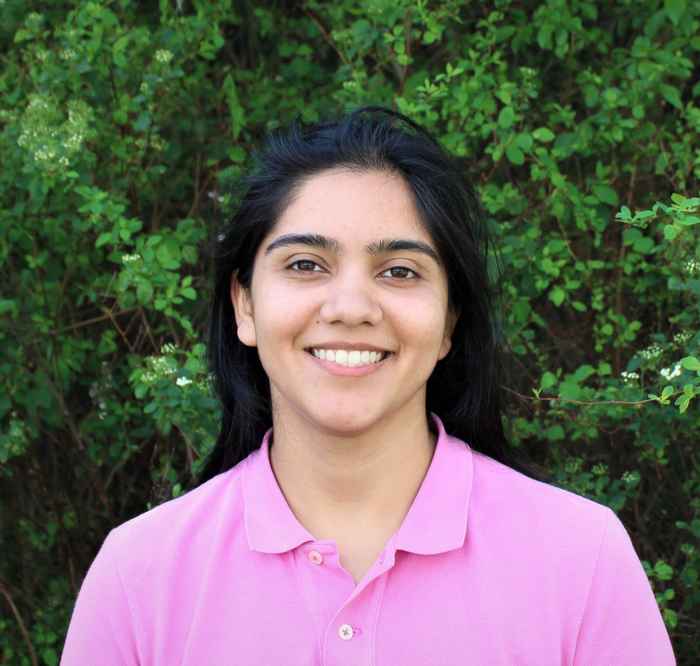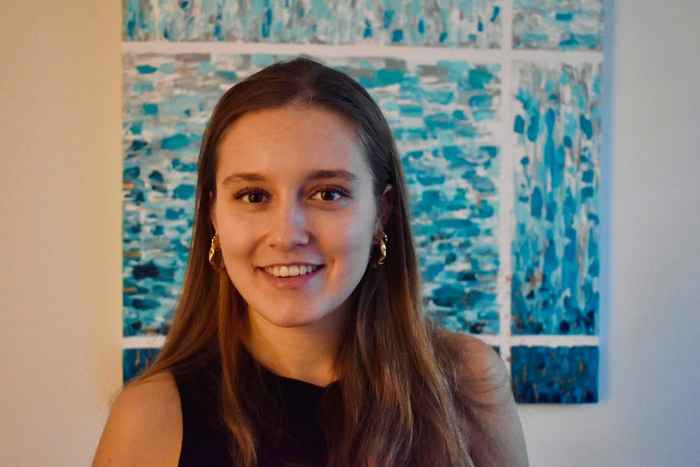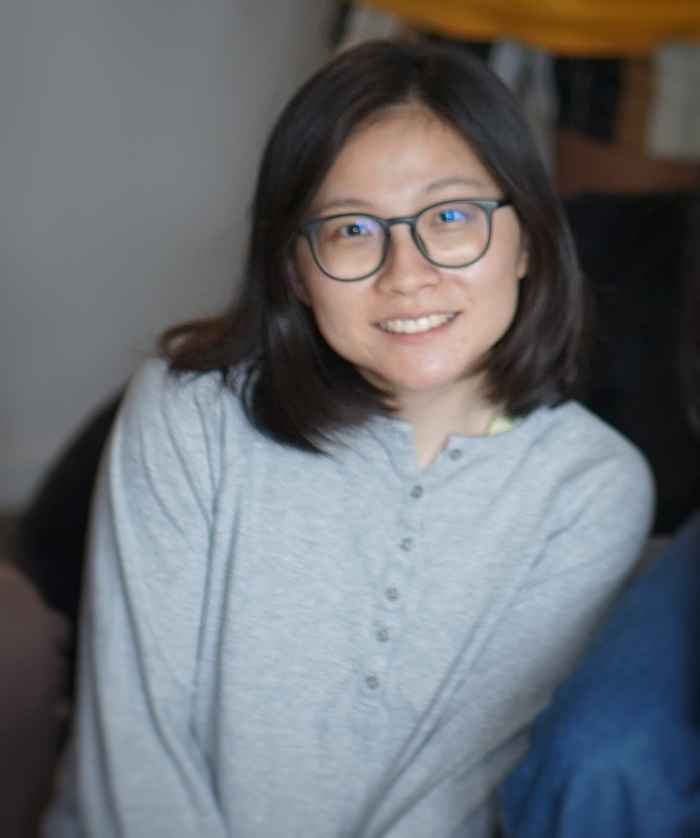PhD Mobility Scholarships Awarded
Three new PhD Mobility Programmes were awarded as a result of the 12th round in 2025.

Ariba Adnan from the group of Prof. Marc Koper and Dr. Rik Mom (UL), will visit dr. Andrea Auer and Prof. dr. Julia Kunze‐Liebhäuser at the University of Innsbruck, Austria.
Visit: 4 months
Electrochemistry plays a key role in many technologies that support the energy transition, from batteries to hydrogen production. Yet, even after decades of research, we still lack a full understanding of what happens at the exact point where the solid electrode and the liquid electrolyte meet. This tiny region, only a few molecules thick, determines how every electrochemical reaction begins. My PhD research focuses on this interface, studying how the surface of gold electrodes and the surrounding electrolyte influence each other under different conditions.
So far, I have approached this problem mainly through electrochemical measurements, which reveal how the interface behaves as we change the potential. These measurements are highly sensitive, but they provide only an indirect view of the molecular structure of the interface. To make further progress, we need ways to actually see how water and ions organise themselves at the surface.
Through the HRSMC PhD Mobility Fellowship, I will spend several months in the group of Dr. Andrea Auer at the University of Innsbruck. At her laboratory, I will get the chance to work with a unique electrochemical AFM/STM technique using qPlus sensors, which makes it possible to visualise how water molecules and ions arrange themselves at electrode surfaces under applied potential. By combining this approach with the expertise and results from my home lab, the project aims to connect electrochemical behaviour with real structural insight.
This collaboration will help build a clearer, more complete picture of electrochemical interfaces, knowledge that is essential for designing better and more efficient energy technologies in the future.

Anissa Haim from the group of dr. Ivana Drienovska (VU), will visit Prof. dr. Jérôme Waser at the Institute of Chemical Sciences and Engineering, School of Basic Sciences, Ecole Polytechnique Federale de Lausanne, Switserland.
Visit: 3 months
Selective and efficient techniques for the chemical modification of proteins are essential for studying and manipulating proteins within biological systems. Such methods can, for example, enable the development of novel therapeutic strategies. One of the research topics in the group of Professor Dr. Jérôme Waser at EPFL in Lausanne focuses on the modification of peptides and proteins using ethynylbenziodoxolone (EBX) reagents. These hypervalent iodine reagents have been applied to the modification of cysteine residues, and more recently, tyrosine has emerged as an alternative target for chemoselective modification.
One of the focuses of my PhD research is the development of inhibitors targeting β-catenin, a protein that plays a critical role in the Wnt signaling pathway and is implicated in colorectal cancer. The interaction between β-catenin and transcription factors of the TCF/LEF family leads to the activation of genes associated with cancer cell proliferation and growth. Therefore, inhibiting this interaction represents a promising strategy for the development of new anti-cancer drugs.
We believe that the introduction of a covalent mode of action using EBX reagents may facilitate further peptide minimization, thereby enhancing cellular uptake and potency of our compounds. Additionally, by tuning the reactivity of EBX reagents towards specific tyrosine or cysteine residues in β-catenin, and thus modifying the covalent ‘warhead’, we will build on the synthetic chemistry expertise of the Waser lab.
This three-month research visit will provide hands-on experience in the synthesis of EBX reagents, expanding my knowledge in organic chemistry. It will also offer direct access to their proteomics facility for the characterization of modified proteins, thereby broadening my expertise in analytical protein chemistry.

Ying-Ying Lu from the group of Prof. Marc Koper and Dr. Jaco Geuchies (UL), will visit Prof. dr. Mischa Bonn and Dr. Lei Gao at the Max Planck Institute for Polymer Research, Mainz, Germany.
Visit: 2 months
Lead-halide perovskites (LHPs) have exceptional performance in solar cells and light emitting devices, which rely on photoexcited charge carriers within the material to conduct current or generate light. The transport of the charges – and thus device performance – is affected by properties of the lattice. Lead-halide perovskites, being soft and ionic, have thermally active lattice vibrations occurring in the terahertz (THz) frequency range. This acts as a source of dynamic disorder, which is not well understood. Further, many researchers utilize conductivity models that do not account for time-dependent lattice vibrations to fit their data.
The goal of my visit is to develop a complementary description based on the concept of dynamic disorder for electron-lattice interactions in the context of charge transport. To probe conductivity dynamics in LHPs, I will use the ultrafast THz spectrometers in the Bonn Department. The research group of director Dr. Mischa Bonn and group leader Dr. Lei Gao have extensive experience in ultrafast charge carrier dynamics in organic/inorganic solids. They have published several papers on electron transport and electron-lattice coupling in various perovskite materials. A visit would expose me to state-of-the-art instruments, and material-specific measurement and analysis techniques, all of which would benefit my research at Leiden University as we develop our own ultrafast THz spectroscopy system.